

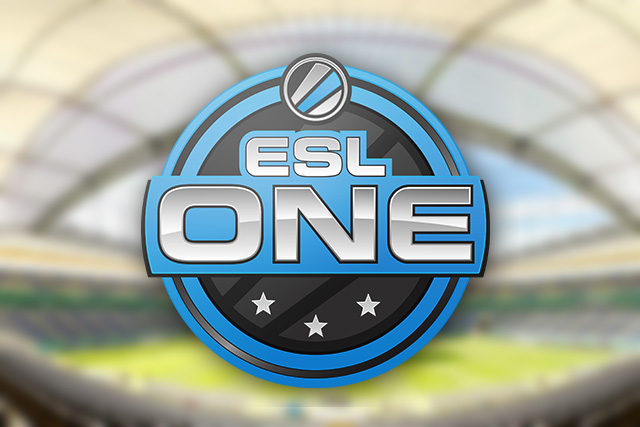
I should be writing a run down of yesterday’s DOTA 2 ESL One in New York. I should be reviewing scores and highlights and key players from yesterday’s matches. I should be making predictions about upcoming games. I should be talking about Madison Square Garden–about how scheduling a DOTA 2 tournament there (the home of the New York Rangers and the New York Knicks, the site of groundbreaking performances from Led Zeppelin, Billy Joel, Johnny Cash, Judas Priest, Michael Jackson, and Lady Gaga) is the ultimate indication of just how much professional gaming has grown in the last two years. I should be writing something, anything about yesterday’s match ups. But I can’t. Not yet. I haven’t finished watching them yet. Because yesterday’s coverage was the crudest, illest, most unprofessional event I have ever covered in my career.

I can feel your anger. It gives you focus, makes you stronger.
It sucked.
The first match between NAVI and Vici Gaming, a thirty-seven minute snooze that ended in concession, lasted two hours. Two hours. Servers and computers failed nearly every thirty seconds, resulting in ten minute delays every time. The crowd booed. Twitch followers dwindled. Players on both teams looked rattled, and the commentators hovered between bored and confused–yawning into their mics and making awkward puns about wearing condoms. I left shortly after a VG computer crashed–yes, a computer crashed–to wash my car. I was gone for nearly twenty mintues. When I returned, nothing had happened. Literally nothing had happened. A tech worker plugged in a new computer, the player re-entered the match, and the servers died. Again.
Every time a team appeared to be producing some sort of momentum, someone would lag, the servers would crash, or another computer would inevitably bite the dust. A major exchange at around 27:00 was halted due to technical malfunction. When the game resumed, all of the heroes were dead and respawned at base. Dendi, the captain of NAVI, was visibly shaken. He called “gg” at 37:00, and he looked relieved to be done with it.

Sorry, Dendi.
But the servers and the computers weren’t the worst part. The tech was. It was horrible. The commentators were completely uninterested in the games, the sets looked terrible, and the camera work looked amateur, at best.
First, the sets. Sorry guys, but blue velvet drapes haven’t been in style since the 1970s, and the “sports desk” looked like a recycled set piece from the 1980 Winter Olympics. When compared to sets from the 2014 DOTA 2 Internationals (in Seattle, WA) or the 2014 League of Legends World Championships (in Taipei and Busan as of this post), the set at the ESL One looks terrible. Madison Square Garden is the ultimate sports and entertainment venue. It is the greatest concert hall in the world. And these sets make it look like like a mid-nineties prom in Alabama.
Second, the camera. It was so poorly framed during the preshow that I could see the lights and the monitors at the edges of the set. The game camera, when it was actually used, was sporadic. It moved too often, and it rarely focused on the action of the match. Watching it made me physically ill. And the awkward shots of the players between crashes was painful.
Again, after the major success of other professional eSports events around the world–from Twitch to ESPN–the performance of this broadcast crew was abominable. The thought of people buying tickets to watch this makes my stomach turn.
Third, the commentators. They sounded bored, their jokes–the ones I could hear–were uncomfortable, and they mumbled into their microphones. Even with the volume on my television maxed, I still had a hard time deciphering them. In the future, they must fix the volume levels and move the microphones away from the experts’ mouths. (Or just mute them, which, honestly, sounds like a better option.) This should not be an issue at a professional event–especially an event at Madison Square Garden. These issues should be resolved in sound cues hours before anything goes live. The fact that these issues exist proves that little effort was put forth into the broadcast.
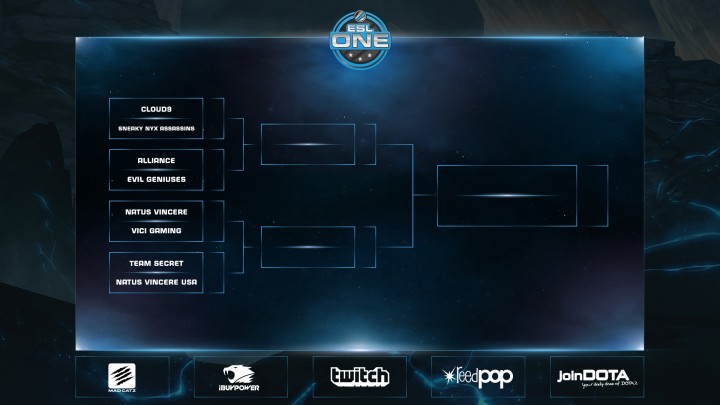
Here is the bracket.
Luckily though, a lot of the crashes and lags have since been resolved. The tournament has limited their stream to include local servers only. And even though this alienates most of the world (myself included) from watching live broadcasts, it keeps the games running.
I am currently watching all of the rebroadcasts, and I will have a detailed play-by-play posted in the next couple of days. Hopefully, the broadcasting team has learned from its mistakes and will have a better streaming option available in the future.
Until then, though, stay tuned to MMOGames.com for updates on the DOTA 2 ESL One.
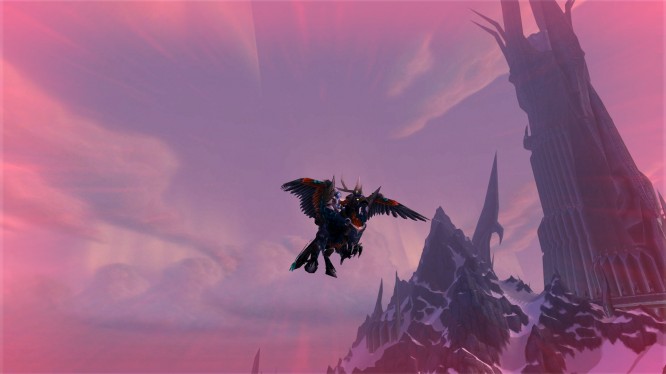



 Gamer Classes 101 .
Gamer Classes 101 .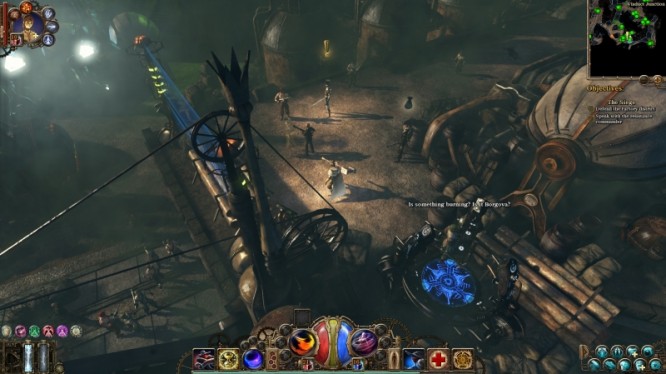 The Incredible Adventures of Van Helsing 2: In-Depth Interview .
The Incredible Adventures of Van Helsing 2: In-Depth Interview .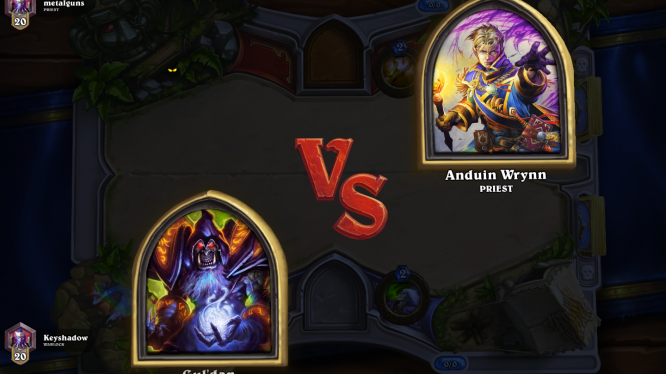 Hearthstone: Tips and Tricks for Mastering the Arena .
Hearthstone: Tips and Tricks for Mastering the Arena . Bloodborne: The Old Hunters – Here's how to get the Milkweed Rune
Bloodborne: The Old Hunters – Here's how to get the Milkweed Rune Transitioning to Tamriel Unlimited - What's New In ESO .
Transitioning to Tamriel Unlimited - What's New In ESO .